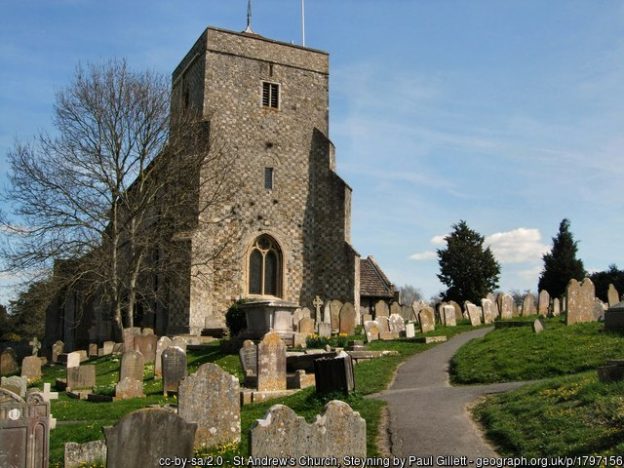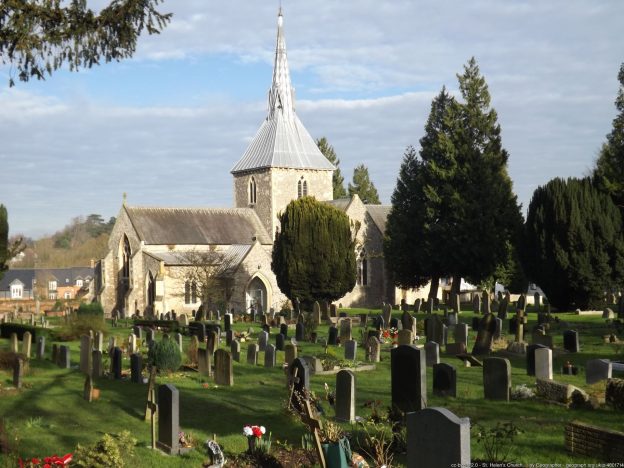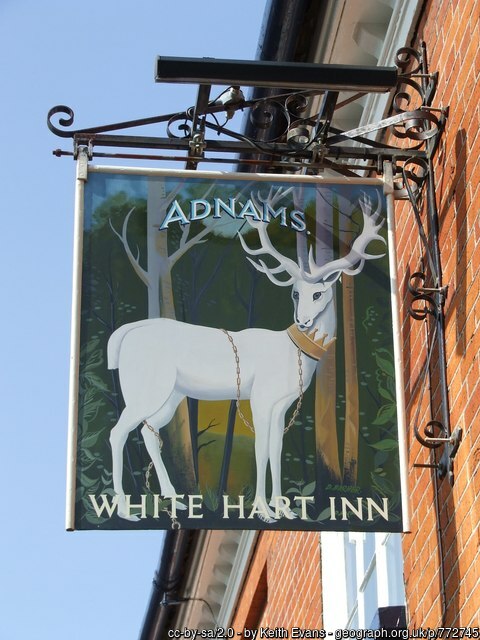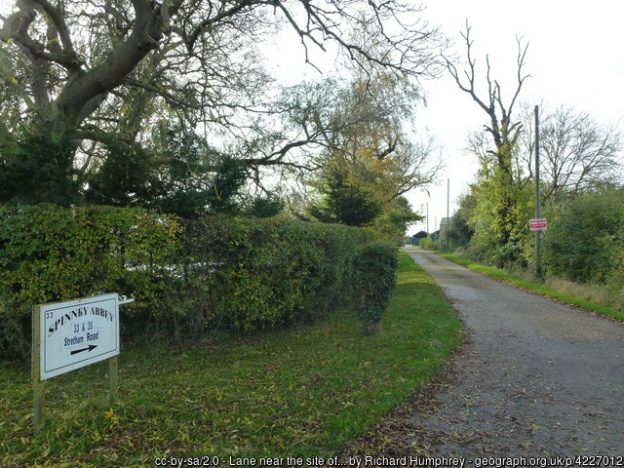One of the areas which I am investigating this year is the appeal of mayhem, a particular form of ‘criminal’ procedure in English common law, from the medieval period (13th C) to the early 19th C, dealing with non-fatal physical injury. I gave a bit of an introduction to the project in this post. I am still working away at this, and this post is part of the process of making sense of some of the points which are emerging.
Some of the biggest ‘headlines’ so far are:
- The appeal of mayhem emerges in what looks like a rather messy and fitful way, in the 13th C, from a combination of pre-existing ideas about compensation for non-fatal injury and an excuse made by men who were at risk of having to engage in trial by battle, but who were not in a fit state to fight in this way.
- Certain sorts of injury were regularly noted as ‘counting’. These included fairly obviously hampering ones – loss of hands, arms, legs … but also (some) teeth and testicles … apparently directly linked to fighting ability.[i]
- The roots in fighting struck deep in the legal imagination, with accounts in ‘textbooks’ and judgments regularly featuring a nod to reduction in ability to fight as the thing defining the sorts of injuries covered by mayhem. This was the case down to the 20th C, in criminal cases which purported to summarise the old law. (It was, however, soon forgotten that we were talking about a particular sort of fighting, and this came to be expanded to a ‘defence of the realm’ idea, from the early modern period).[ii]
- Despite this persistent link with fighting in accounts of mayhem, plea rolls and law reports tell a different story. Women (who did not have to/ could not fight trials by battle) are occasionally to be seen bringing appeals of mayhem, either alone, or in conjunction with a husband, for injuries to themselves, and there does not seem to be any objection to this.
Adding to point 4, there are some cases from the 14th C which do two interesting things:[iii] They show that it was thought possible to base an appeal upon injuries which could not really be presented as having a link to fighting of any sort, and they were sometimes explicitly linked to some other functional damage. This post will introduce this group of cases: the ‘oral mayhems’.
The wrong sort of injury?
I should say straight off that some oral injuries were included in the standard lists of mayhems in treatises – Bracton, Fleta etc. did say that (some) teeth (i.e. the bitey ones as opposed to the grindy ones) were covered. They definitely did not include tongues, however. This makes a degree of sense in the fighting context: hard to see how a tongue would be particularly useful in combat (except in so far as it enabled the fighter to engage in provocative and destabilising insults, or to ‘cry craven’). Even so, there are 14th C cases involving tongues, including an appeal of mayhem which forms part of the mass of litigation surrounding the alleged attack on Agnes de Haldenby in the reign of Edward II.[iv]
Perhaps this was (or became?) controversial – certainly, there was a piece of legislation from the early 15th C which made intentional/malicious tongue-removal a statutory offence (with ‘the pains of felony’).[v] Nevertheless, it rather muddies that nice, clear, fighting-related list of injuries acceptable as foundations for an appeal of mayhem.
The wrong sort of justification?
I have found a couple of cases so far (both from the 1340s) which move us even further from the mayhem/fighting nexus. These involve men being bashed in the face, and suffering injuries to their teeth and mouths. Rather than attempting to present them as ‘loss of fighting teeth’ scenarios (the wrong teeth, perhaps?) they both reinforce the claim that the injury damaged the claimant by stating that it has impaired his ability to eat and to communicate.
For example, a set of entries relating to a Northamptonshire incident show that John Hunt of Stoke brought an appeal of mayhem against William de Duncote, alleging that William, on 22nd August, 1345, in the fields of Duncote, with a pikestaff. feloniously hit him in the mouth, knocking three front teeth out of his lower jaw so that he lost much of his ability to chew, eat and talk.[vi] This was, arguably at least, ‘the right sort of injury’ – no doubt one could explore whether or not lower incisors counted, as well as upper ones, but let’s not – but the explanation was not in accordance with an idea of loss or reduction of fighting ability (except in so far as a person who can’t eat very well, or talk very well, will probably be undernourished and may be isolated and depressed – but that is all a bit indirect). I think we are seeing a wider conception of mayhem here – one which, if we extended it into the ‘public’ sphere, would end up looking rather more like a ‘burden on society’ type of damage as opposed to the ‘loss of a defender of the realm’ line which has been picked up in modern commentary.
The other example so far found is in very similar terms,[vii] suggesting that this claim of impairment of communication and eating was ‘a thing’ in contemporary mayhem. It really does take us some way away from the idea that fighting ability lay behind this category and procedure, as actually used.
So what?
Ah, the eternal question … Well, it does ‘trouble’ the existing encapsulations of mayhem which one encounters in criminal law cases (like R v Brown),[viii] and which trace their roots in early modern accounts which themselves took medieval treatise accounts, as opposed to what actually happened, as ‘the law’.[ix] This matters from a ‘purist’ point of view, and for understanding of medieval history, ensuring it is not misrepresented to make ourselves feel better and less brutal etc. It may also matter from a more instrumental/practical point of view. The way in which the slightly mythologised view of mayhem comes up in modern law discussions tends to be in the ‘back to front’ context of the possibility of exculpatory consent to objectively physically damaging practices such as S & M sex or permanent body alteration. These may use arguments based on old statements that one could consent to low-level injury, but not to mayhem. Leaving aside the fact that some of the injuries involved would not have qualified as mayhems even if the treatise accounts represented ‘the law’,[x] it is notable that the ‘fighting’ line is maintained very strongly. These medieval cases seem to me to show that mayhem was not all about damage to fighting prowess. Now, I am not especially in favour of dredging up historical concepts to support modern policy decisions, but, if you are going to throw them into the mix at all, you should probably avoid over-simplification and comforting othering and contempt of the brutalised past. There was clearly rather more to the medieval law and practice on mayhem than fighting. Or testicles.
GS
7/3/2022
Image – OK a bit tenuous: a pike rather than a pikestaff, as is featured in the John Hunt case. But it does have teeth … This is a photograph from the Freshwater and Marine Image Bank at the en:University of Washington. Details here.
[i] That’s a bit glib, I know – definitely need to think about the testicle issue some more. Can’t say it’s one of my areas of expertise.
[ii] Big parallel with Krista Kesselring’s excellent Making Murder Public (2019) to be drawn, I think.
[iii]… well, I think they are interesting, anyway … yes, undoubtedly should get out more …
[iv] SC 8/83/4109A; CPR 1317-21 p. 292 (etc.); KB 27/241 Rex m. 2 (etc.); KB 27/244 Rex m. 5d. For more on this, see my book, Women in the Medieval Common Law – yes, shameless.
[v] st. 5 Henry IV c. 5. Note that the tongue cutting itself is not called a mayhem here – it is seen as more of a thing done after a ‘real’ mayhem, presumably to stop the victim from speaking out about it.
[vi] KB 27/344 m. 18d (AALT IMG 8893) This trundles on until Michaelmas 1346, when John Hunt was ‘done’ for a false appeal (NB this does not necessarily imply that there was anything wrong with his cause of action, and, had that been the case, it would be odd to find other, strikingly similar, allegations).
[vii] TNA KB 27/346 m. 38d (AALT IMG 9774)
[viii] R. v. Brown (Anthony) [1994] 1 A.C. 212, at 231, 262.
[ix] Yes, I want to make it Coke’s fault again …
[x] Without going into it in detail, the nettles, hot wax and fish-hooks in Brown would hardly work, would they?









